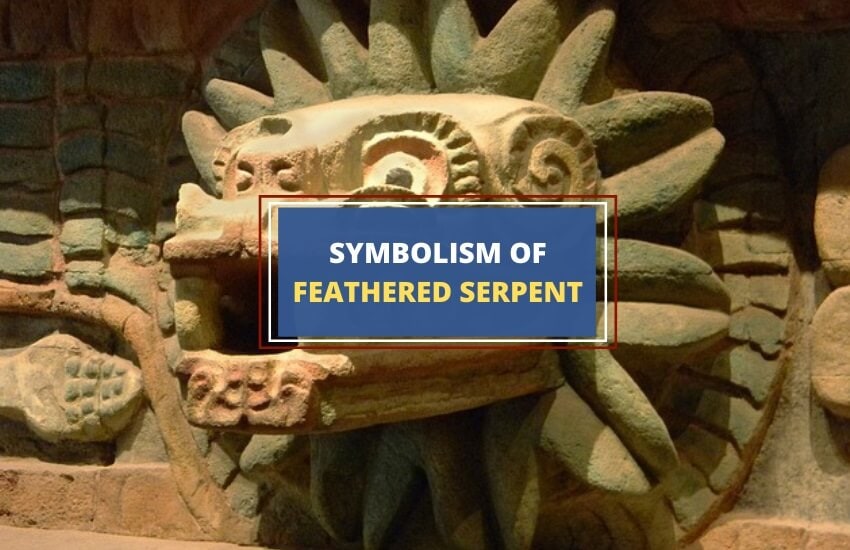
Table of Contents
Quetzalcoatl is one of the most famous Mesoamerican deities today and he was indeed the main deity in most Mesoamerican cultures. With his name literally translating as the “Feathered Serpent” or the “Plumed Serpent”, Quetzalcoatl was portrayed as an amphiptere dragon, i.e. a serpent with two wings and no other limbs. He was also covered with multi-colored feathers and colorful scales but he could also appear in human form. But who was Quetzalcoatl and why is he important?
Origins of the Quetzalcoatl Myths
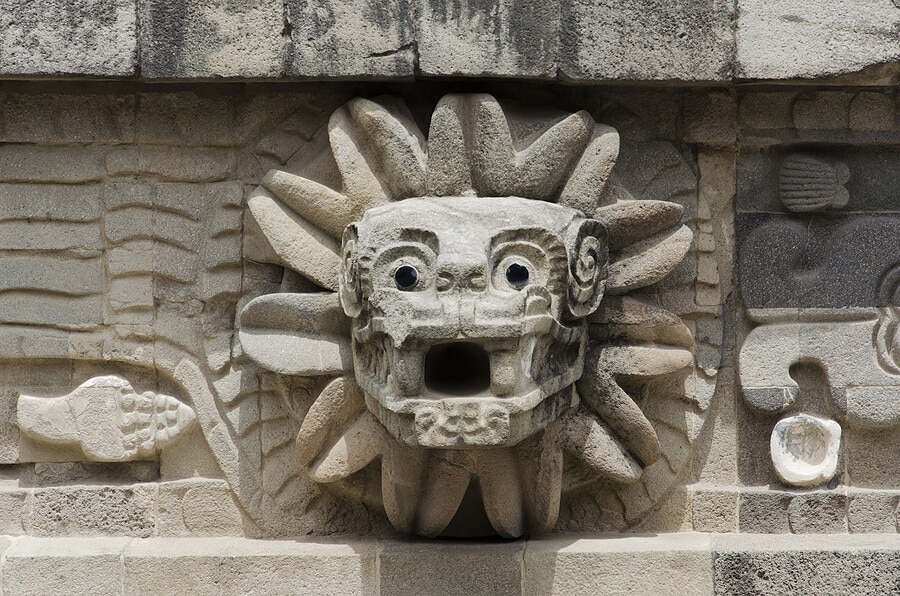
The myths of Quetzalcoatl are among the oldest recorded myths in Mesoamerica. They can be traced back for 2,000 years before the arrival of the Spanish conquistadors and were prevalent in most cultures in the region.
In many of the myths and legends, Quetzalcoatl was also portrayed as a human hero and the divine leader of the mythical tribe Toltecs from Tollan. Legends say Quetzalcoatl was expulsed from Tollan and roamed the world, establishing new cities and kingdoms. As most Mesoamerican cultures worshipped the Feathered Serpent they also all claimed to be the true descendants of the serpent god and that all other tribes were imposters.
Origins of the Name
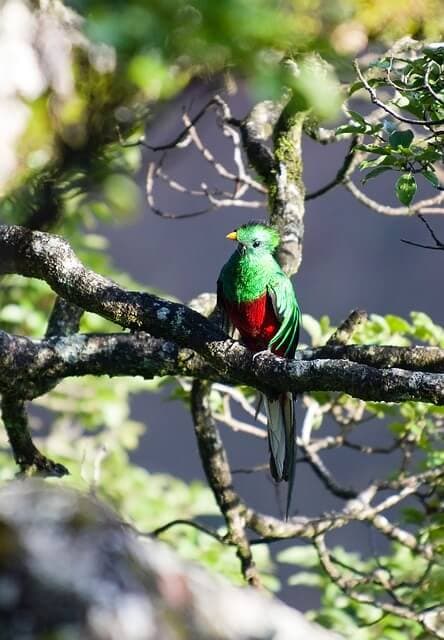
The name of Quetzalcoatl comes from the ancient Nahuatl word quetzalli, meaning “long green feather”. However, the word itself had also become the name of the Resplendent Quetzal bird which has these same distinct feathers. The second part of Quetzalcoatl’s name comes from the word coatl, meaning “snake”.
The full name Quetzalcoatl was used by the Aztecs but the other Mesoamerican cultures had similar names with the same meaning.
The Maya of Yucatán called the god Kukulk’an, the K’iche-Maya of Guatemala called him Guk’umatz or Qʼuqʼumatz, with all these and other names meaning “Feathered Snake.”
Symbolism and Meaning
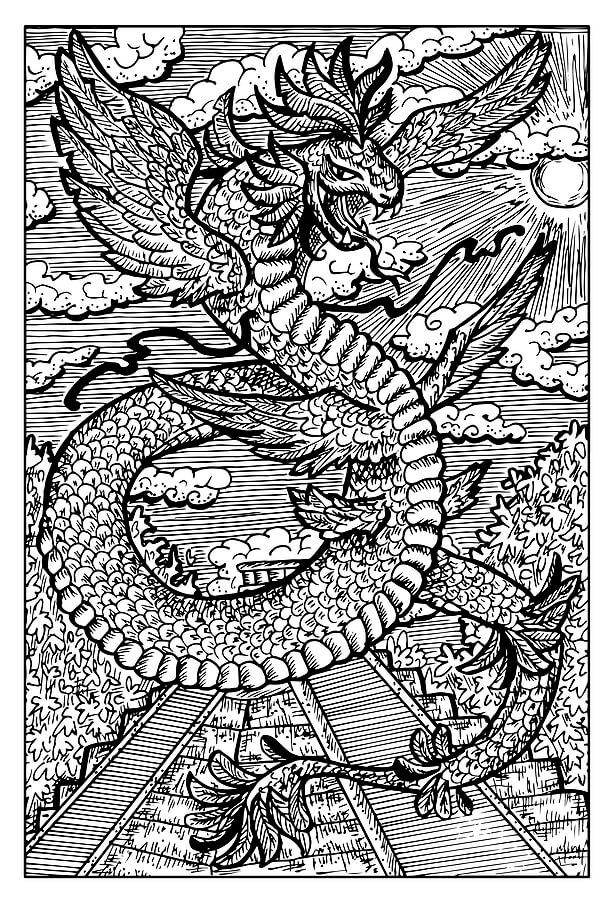
As an old deity worshipped by many different cultures, Quetzalcoatl quickly became associated with many different powers, natural phenomena, and symbolic interpretations. Quetzalcoatl was:
- A creator god and the original ancestors of the “chosen” people.
- A fire-bringer god.
- A god of rain and the celestial waters.
- A teacher and patron of the finer arts.
- The creator of the calendar and god of telling time.
- A god of twins as he had a twin named Xolotl.
- Together with Xolotl, the two twins were the gods of the Morning and Evening stars.
- The giver of maize to mankind.
- God of the winds.
- He was also a god of the sun and was said to be able to transform into the sun. Sun eclipses were said to show Quetzalcoatl being temporarily swallowed by the Earth Serpent.
Every Mesoamerican culture worshipped Quetzalcoatl as a god of several of the above concepts. This is because over time, they mixed Quetzalcoatl together with some of their other deities.
Another key thing that Quetzalcoatl uniquely symbolized, however, was the opposition of human sacrifices. In all cultures in which he was worshipped, Quetzalcoatl was said to oppose the practice. That’s likely because he was viewed as the original ancestors of the people and he, therefore, didn’t want his descendants to be sacrificed.
As most other Mesoamerican deities represented natural phenomena or were just powerful monsters and spirits, they enforced the practice of human sacrifice against Quetzalcoatl’s will. The god was said to have often fought the other deities over it, namely the god of war Tezcatlipoca, but this is one battle Quetzalcoatl couldn’t win so the practice continued.
The Death of Quetzalcoatl
The feathered serpent’s death is a controversial myth(s) with a potential symbolic meaning that may have shaped the fate of the entire continent.
- Quetzalcoatl Burns Himself: The main and most popular myth about it which is also supported by mountains of archeological evidence is that Quetzalcoatl went to the shore of the Gulf of Mexico and burned himself to death, turning into the planet Venus (the Morning star). He supposedly did that out of shame after he was seduced by the celibate priestess, Tezcatlipoca, into getting drunk and sleeping with her.
However, there’s another myth about Quetzalcoatl’s death that seemingly wasn’t so common but was spread everywhere by the invading Spanish conquistadors.
- Quetzalcoatl to Return: According to this myth, instead of burning himself to death, Quetzalcoatl built a raft out of sea snakes and sailed east, vowing to one day return. The Spanish claimed that the Aztec emperor Moctezuma believed that myth so he mistook the Spanish armies as the return of Quetzalcoatl and welcomed them instead of opposing them.
It is technically possible that Moctezuma and other Mesoamericans believed this but the former myth of Quetzalcoatl’s death is significantly more accepted by modern historians.
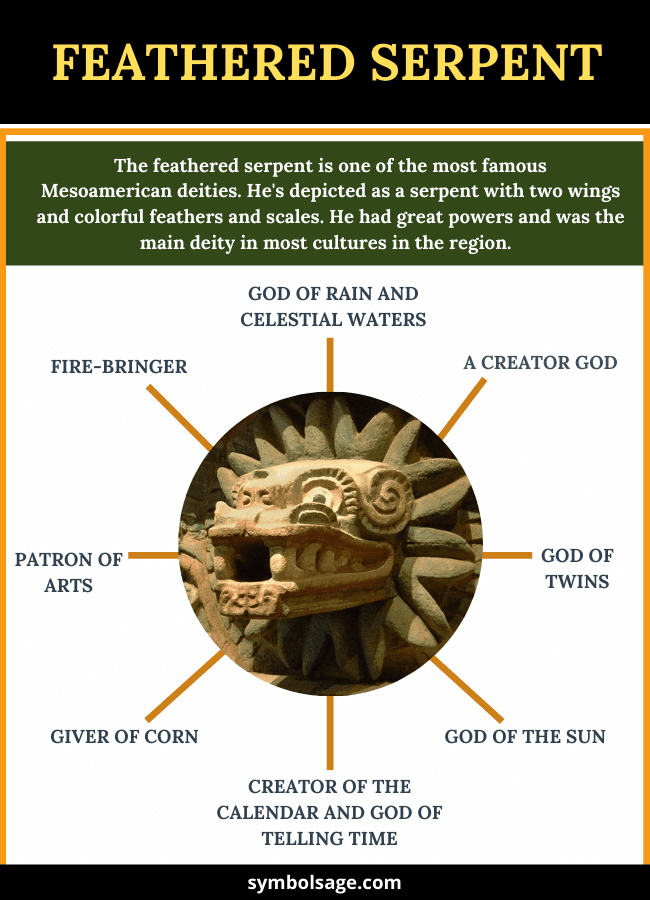
Modern Belief in Quetzalcoatl
Modern-day Mexico is predominantly Christian but there are people who believe a giant feathered snake dwells in some caves and can only be seen by a special few. People also believe that the feathered snake needs to be placated and appeased for there to be rain. This mythical creature is also worshipped by Cora and Huichol native Americans.
There are also some esoteric groups who’ve adopted the myths of Quetzalcoatl into their practices – some of them call themselves Mexicanistas. Plus, the white man human form of the deity is often interpreted as a lone stranded viking, a survivor of Atlantis, a Levite, or even Jesus Christ.
Wrapping Up
The feathered serpent remains one of the most important deities of Mesoamerica, with various depictions in differing parts of the region. Whatever name it was known by, the characteristics and powers of the feathered serpent remain similar in all the regions.








